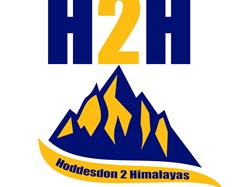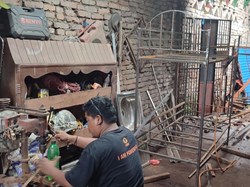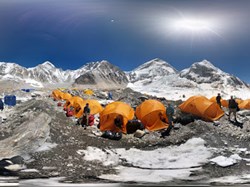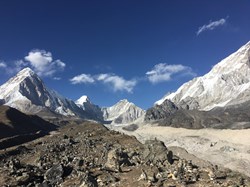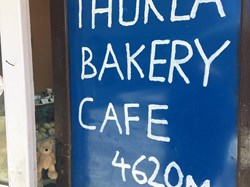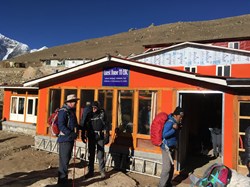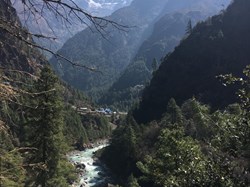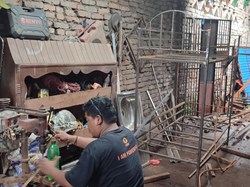Hoddesdon 2 Himalayas
The Hoddesdon 2 Himalayas project (H2H) drew inspiration from the BBC documentary "The Highest Classroom on Earth."
Conceived in early 2015, our club aimed to take 10 local students and 2 mentors from the area to embark on this journey, involving several local schools including The John Warner School and Robert Barclay Academy. Despite the setback caused by the April 2015 earthquake, we expanded the project to include community work at a local school and support an orphanage in Kathmandu. The selected students committed to collaborating with the club on fundraising, project planning, and event organization.
We undertook this initiative with clear objectives in mind. We are confident that the video provided below will clarify our intentions more effectively than mere words.
Ultimately, 23 individuals participated in the trip, including 6 club members, 10 students around 17 years old, 2 school mentors, and various friends and supporters.
Through local events, we raised over £25,000, which has enabled us to provide sustained support to the orphanage, including new showers, hot water facilities, a clean mains water connection, annual gas for cooking and heating, Christmas gifts, outings, college sponsorships, and playground equipment.
We recently organized a quiz with the support of Robert Barclay Academy to generate additional funds, enabling us to pledge continued support for an additional two to three years.
Hoddesdon Rotary
Something
4
Everyone
